One of the most iconic Victorian wallpaper designs is the floral pattern. These patterns were often created using block printing or surface printing techniques. This allowed for intricate and detailed designs.
Floral patterns were popular, they brought a touch of nature into people's lives. They were seen as bringing beauty and tranquility into the home. One of the most popular floral patterns included Roses Crocuses and Lilac, which symbolise the Victorian’s love of nature.
In the 16th century, wallpapers were first introduced. They were mainly used to decorate the interior of cupboards of merchant's homes. Wallpapers were not used in the stately houses of the aristocracy at this time.
By the start of the 20th century, it had become commonplace in all areas of the home. This included bedrooms, hallways, kitchens, bathrooms, as well as reception rooms. Wallpaper was popular in homes ranging from the wealthiest to the poorest in economic status.
How did they make wallpaper in the Victorian era?
In the 19th century, paper production began in continuous rolls. The first person to do this was Louis Robert in France in 1798 and then Fourdrinier in England in 1807. Fourdrinier was the inventor and patent owner of the machine that could create a paper of any length. Due to legal Excise Office requirements at the time, the machine couldn't be exploited until 1830.
In 1839 Charles Harold Potter (wallpaper-mill owner in Lancashire) received a patent for his four-colour printing machine. This machine used rollers instead of blocks and had the capacity to print 400 rolls of wallpaper daily.
This machine was used in the textile industry for printing 'chintz' (woodblock printed) instead of an etched design. It used a raised pattern for printing wallpaper. In order to work, oil-based inks were developed. These inks would flow easily onto the rollers and cover the paper uniformly.
Victorian wallpapers and wall-coverings became possibly the most important component of interior decoration. The lower production costs made wallpaper accessible for the majority of householders for the first time.
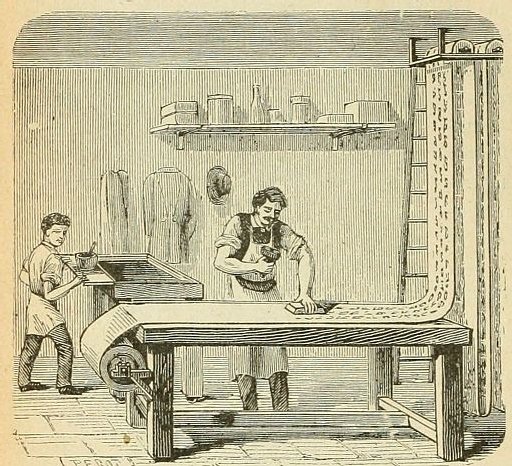
Flock
The majority of flock patterns were derived from existing textile designs and emulate the look of cut velvets and silk damasks. Powdered wool, a waste product of the woolen industry, was used to produce flock wallpaper. The wool was shaken over a fabric that had been prepared with a design printed in varnish or glue. The powdered wool gathered into a thick pile that adhered to the parts of the design covered by it.
Who designed Victorian wallpaper?
Victorian wallpaper designs also included patterns inspired by art movements such as the Arts and Crafts movement and Gothic Revival. Silk or velvets often featured patterns and were designed to showcase the beauty of the materials used to create them.
William Morris had a significant impact on the look and design of Victorian wallpaper. He was skilled at promoting himself, both in terms of his work and his ideas evolving from the Pre-Raphaelites.
In 1864, he designed his first wallpaper patterns, which included the trellis, daisy, and fruit patterns. However, these wallpapers were costly and were products that were essentially only for the wealthy.
Another designer who helped shape the design of Victorian wallpaper was A.W.N. Pugin. Pugin was the master of Gothic Revival and mainly worked on ecclesiastical commissions. He single-handedly was responsible for early 19th century interpretation of medieval art and architecture that blossomed into the Gothic Revival.
His designs include motifs of the Fleur De Lys and other medieval symbols.
What did Victorian wallpaper look like?
Dado and picture rails were installed in 19th-century rooms to divide the wall space. At this time wallpapers began to be manufactured in sets of three.
- The first set covered the area from the plaster cornice to the picture rail.
- The second set covered the main area from the picture rail down to the dado.
- The third set covered the area below the dado and commonly used Lincrusta and Anaglypta relief wall coverings.
Victorian wallpaper designs that emulated stucco, embossed leather, or wood panels were commonly seen in relief papers during this time period.
Popular relief designs included Japanese motifs, either imported or reproduced from Japan. Lincrusta and Anaglypta are both examples of relief papers that can still be purchased in modern times.
Floral
One of the most iconic Victorian wallpaper designs is the floral pattern. These designs were often created using block printing or surface printing techniques, which allowed for intricate and detailed designs. Floral patterns were popular because they were seen as a way to bring beauty and tranquility into people's lives. One of the most popular floral patterns was the rose design, which symbolised love and romance.
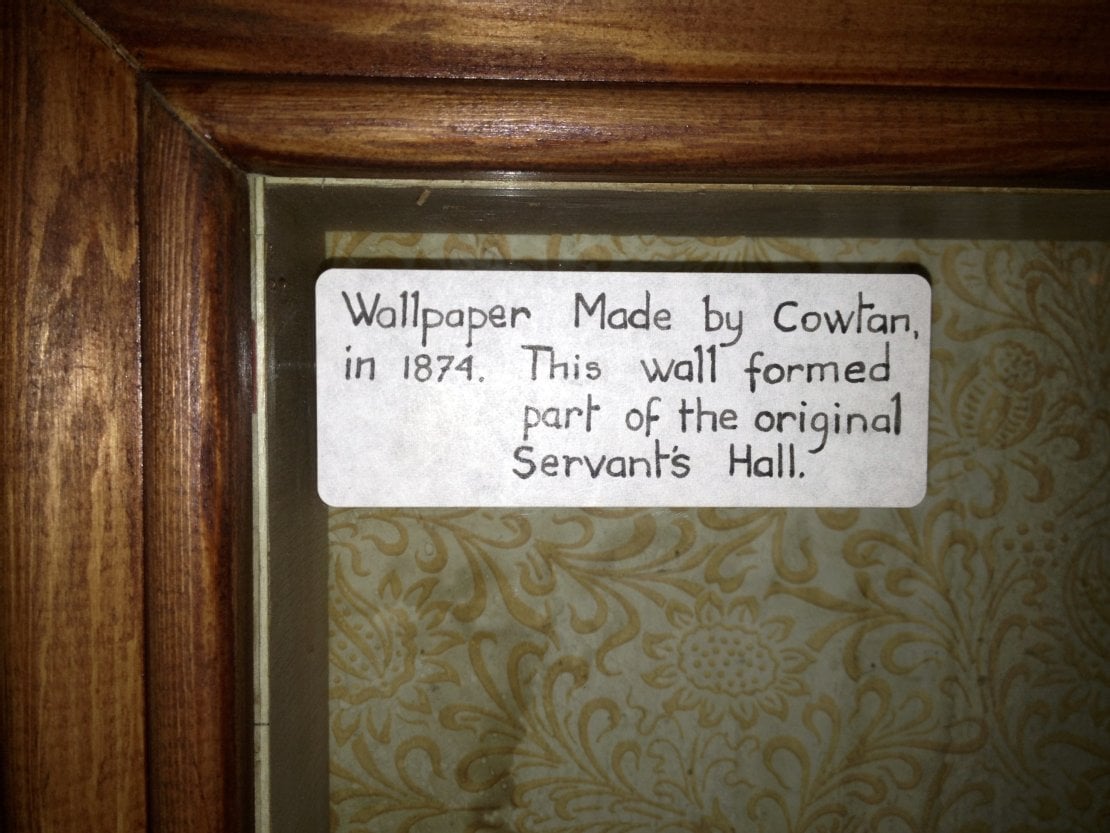
Damask
Another popular Victorian wallpaper design was Damask. Originally Damask was made from silk and originated in Damascus. This design was characterized by bold, symmetrical patterns and often featured metallic or textured surfaces. Damask wallpapers were popular in both formal and informal settings.
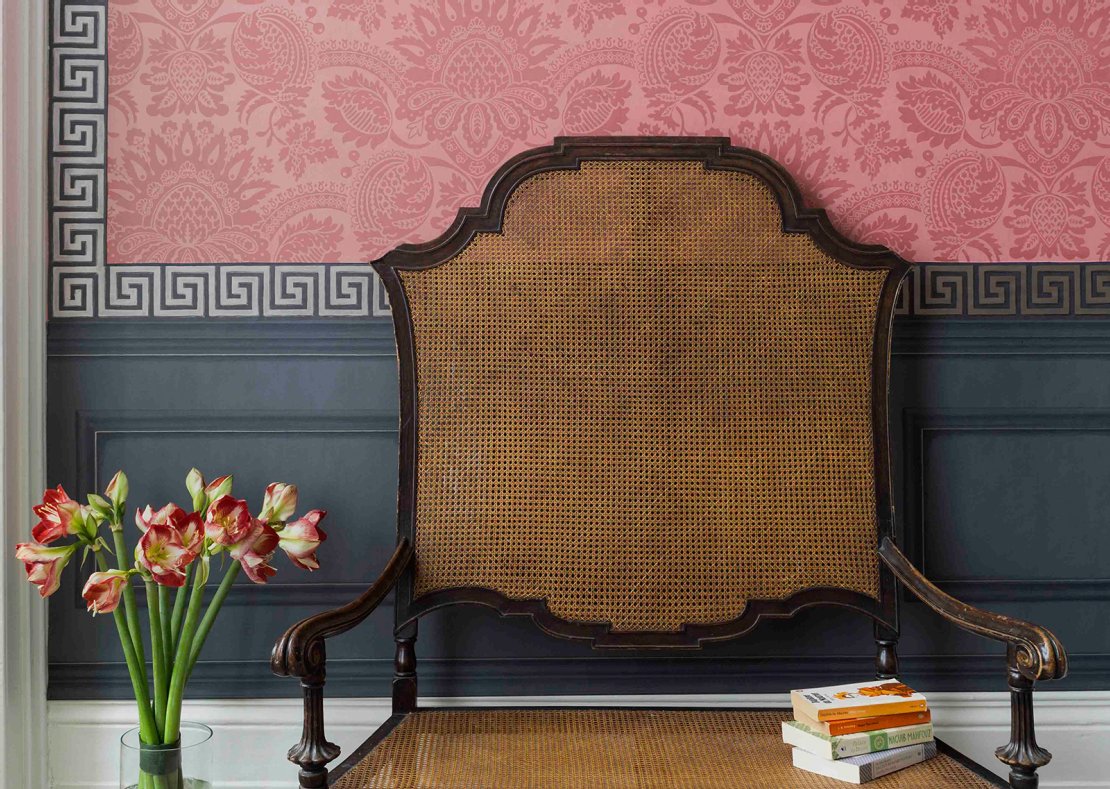
Medieval
W Morris and A.W.N Pugin created wallpapers rich in symbolism that harked back to a more simple time using traditional craft techniques instead of mass production.
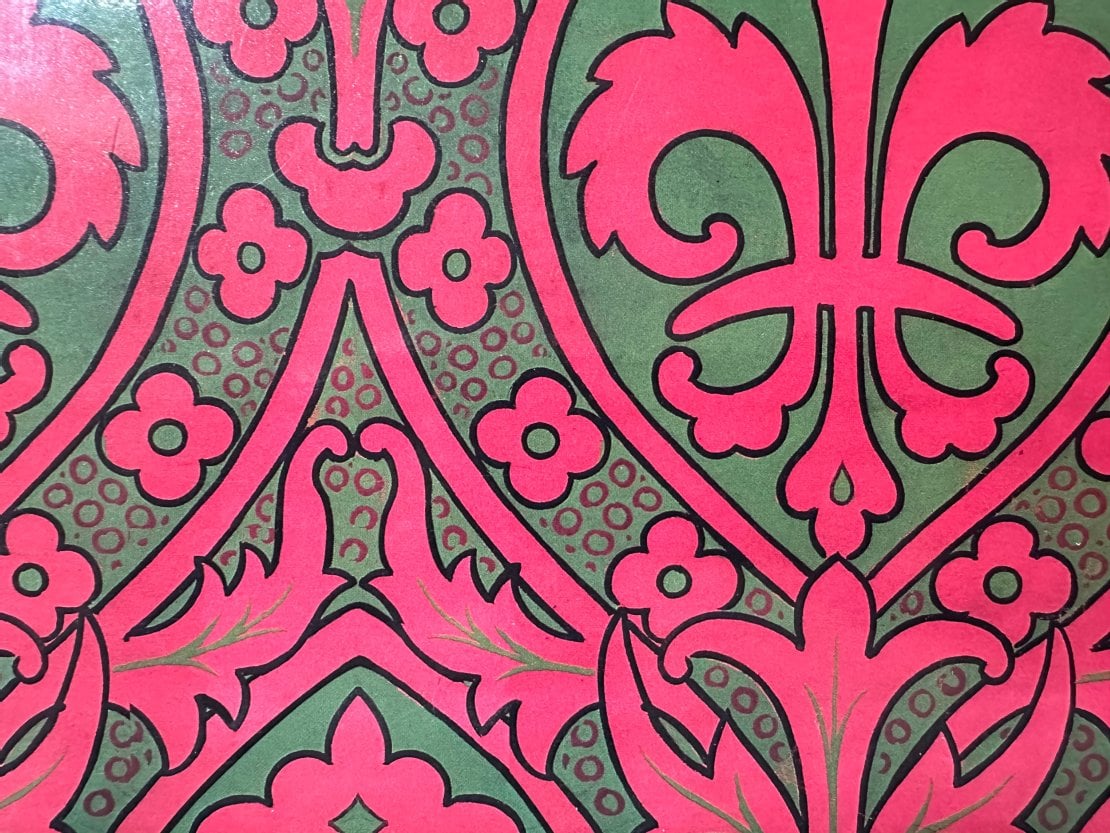
Victorian wallpaper today
The popularity of Victorian wallpaper designs waned in the early 20th century as new design trends emerged. However, there has always been an interest in these designs, with people seeking to replicate the look of a Victorian home. This aesthetic has been driven in part by the popularity of period dramas and the desire to recreate the opulence and grandeur of the era.
In conclusion, Victorian wallpaper designs were a reflection of the trends and tastes of the time and continue to be admired and replicated today. These designs were characterised by ornate and intricate patterns, rich colors, and textured surfaces, and were often inspired by nature, art, and historical events. Whether you're looking to create a period-style home or simply add a touch of Victorian elegance to your decor, there's no denying the enduring appeal of these beautiful designs.

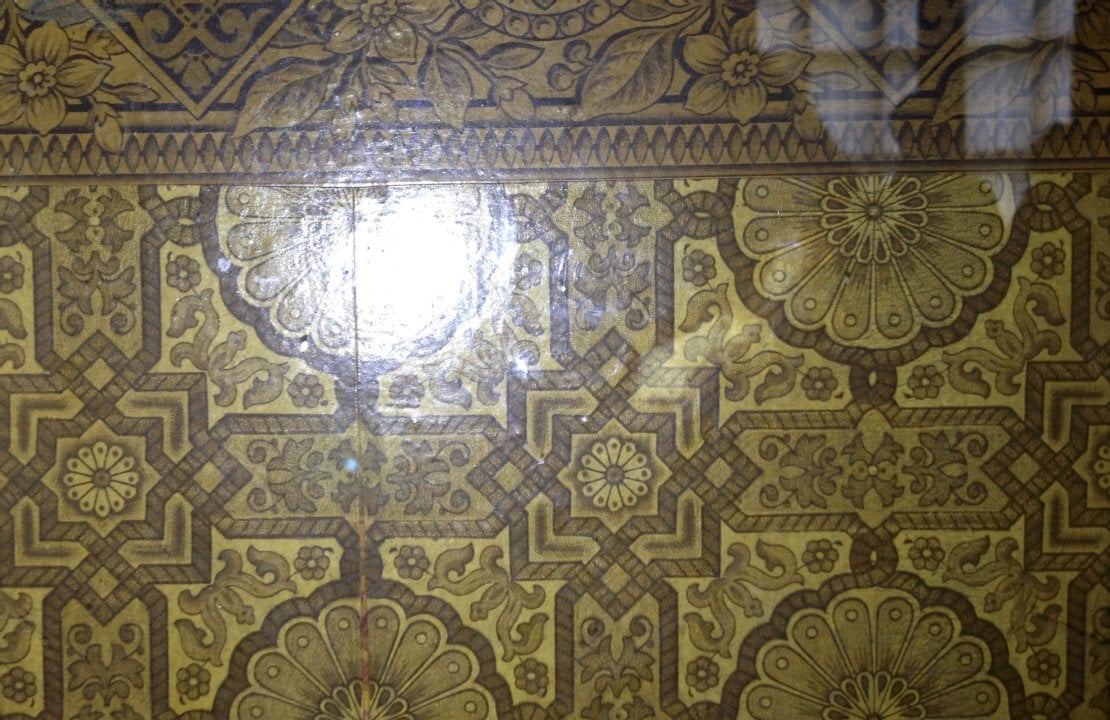
Be the first to add a comment...